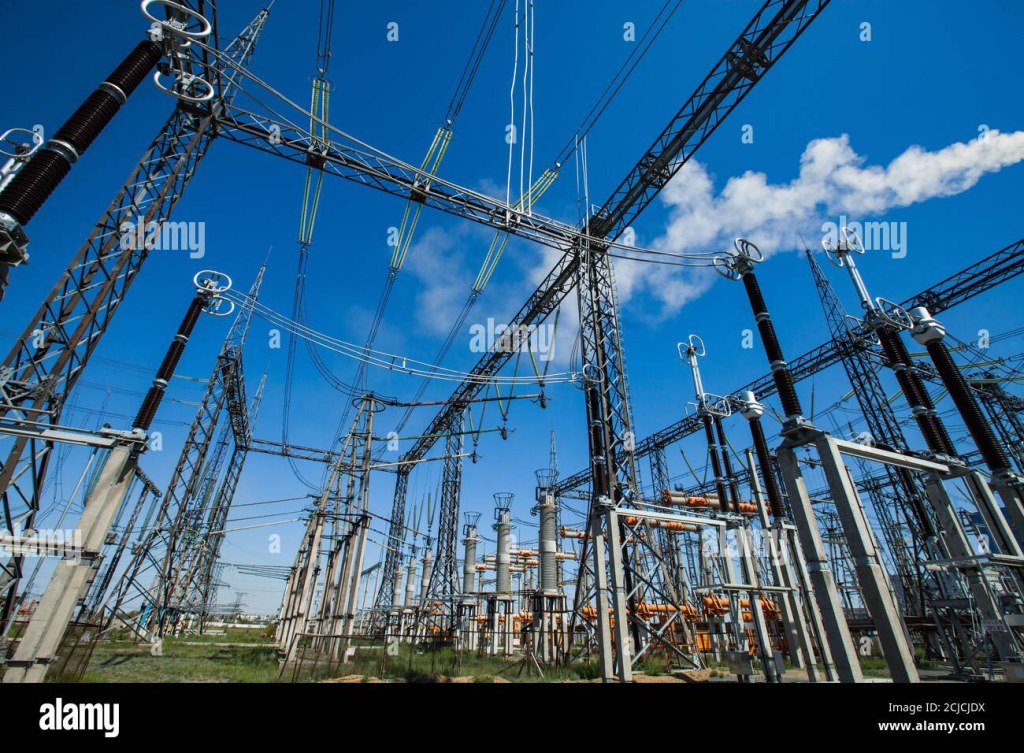Unleash The Power Of Power House Electric – Turbocharge Your Energy Efficiency Today!
Power House Electric
Introduction
Welcome, Smart Readers! Today, we will delve into the world of power house electric. In this article, we will explore the concept, applications, advantages, and disadvantages of power house electric. So, let’s get started and learn more about this fascinating topic!
2 Picture Gallery: Unleash The Power Of Power House Electric – Turbocharge Your Energy Efficiency Today!
Overview of Power House Electric
Power house electric refers to the generation and distribution of electricity on a large scale. It involves the use of power plants or powerhouses to generate electricity, which is then transmitted through an extensive network of power lines to different locations.

Image Source: mysupplier.com
Power house electric provides electrical power to a wide range of consumers, including residential, commercial, and industrial sectors. It plays a vital role in powering our homes, businesses, and industries, making it an essential part of modern life.
What is Power House Electric?
Power house electric is the process of generating electricity using power plants or powerhouses. These facilities convert different sources of energy, such as fossil fuels, nuclear energy, or renewable sources, into electrical energy.

Image Source: alamy.com
Electricity is generated through the rotation of turbines, which are driven by the energy source. The turbines are connected to generators that produce electrical power. This power is then transmitted to consumers through a complex network of power lines and substations.
Who Uses Power House Electric?
Power house electric is used by various entities, including residential, commercial, and industrial consumers. Residential consumers rely on power house electric to power their homes, providing electricity for lighting, heating, cooling, and appliances.
Commercial establishments, such as offices, stores, and hospitals, also depend on power house electric to carry out their daily operations. Industrial consumers, including factories and manufacturing plants, require a significant amount of electricity to run their machinery and equipment.
When Was Power House Electric Invented?
The concept of power house electric dates back to the late 19th century. The first power plant was built by Thomas Edison in New York City in 1882. This marked the beginning of the modern electric power industry.
Since then, power house electric has undergone significant advancements and improvements. The development of more efficient power generation technologies and the expansion of transmission networks have greatly contributed to the widespread availability and reliability of electricity.
Where is Power House Electric Produced?
Power house electric is produced in power plants or powerhouses located in various parts of the world. These facilities are strategically positioned near energy sources, such as coal mines, natural gas fields, or rivers for hydroelectric power.
In some cases, power plants are built offshore to harness wind or wave energy. Additionally, the increasing adoption of solar power has led to the construction of solar farms in sunny regions. The generated electricity is then transmitted to consumers through an interconnected grid system.
Why is Power House Electric Important?
Power house electric plays a crucial role in modern society. It provides the necessary energy to power our homes, businesses, and industries. Without power house electric, we would be unable to enjoy the convenience of electrical appliances, lighting, and other essential services.
Furthermore, power house electric enables economic growth and development. It supports industries, creates job opportunities, and drives technological advancements. It also contributes to the reduction of greenhouse gas emissions and the transition towards a more sustainable energy future.
How Does Power House Electric Work?
The process of power house electric involves several steps. It begins with the generation of electricity in power plants or powerhouses. The energy source, whether it be fossil fuels, nuclear energy, or renewable sources, is used to rotate turbines.
The rotating turbines drive generators, converting mechanical energy into electrical energy. The generated electricity is then transmitted through a network of power lines, transformers, and substations to reach consumers.
At the consumer’s end, the electricity is distributed to homes, businesses, and industries through electrical distribution systems. This allows consumers to access the power they need for their daily activities.
Advantages and Disadvantages of Power House Electric
Advantages:
1. Reliable Power Supply
Power house electric provides a reliable and continuous power supply, ensuring that consumers have access to electricity whenever they need it.
2. Scalability
Power house electric systems can be scaled up or down to meet the increasing or decreasing demand for electricity, making it adaptable to changing needs.
3. Economic Growth
Power house electric supports economic growth by providing energy for industries, creating job opportunities, and driving technological advancements.
4. Improved Living Standards
Access to power house electric improves living standards by enabling the use of electrical appliances, lighting, and other essential services.
5. Reduction of Greenhouse Gas Emissions
The adoption of renewable energy sources in power house electric contributes to the reduction of greenhouse gas emissions, mitigating climate change.
Disadvantages:
1. Environmental Impact
Power house electric based on fossil fuels can have detrimental environmental impacts, such as air pollution and the emission of greenhouse gases.
2. Dependency on Energy Sources
Power house electric relies on energy sources, and the availability of these sources can be limited or subject to geopolitical tensions.
3. Infrastructure Requirements
Building and maintaining the infrastructure for power house electric, including power plants, transmission lines, and substations, requires significant investment and resources.
4. Vulnerability to Disruptions
Power house electric systems can be vulnerable to disruptions, such as severe weather events or equipment failures, leading to power outages and disruptions to daily life.
5. Energy Loss during Transmission
Electricity transmitted through power lines can experience energy losses, which reduces the overall efficiency of power house electric systems.
Frequently Asked Questions (FAQs)
Q: Is power house electric the same as renewable energy?
A: No, power house electric refers to the generation and distribution of electricity on a large scale, while renewable energy is a subset of power house electric that utilizes sustainable sources such as solar, wind, or hydroelectric power.
Q: Can power house electric be completely sustainable?
A: Yes, with the widespread adoption of renewable energy sources and advancements in energy storage technologies, it is possible to achieve a sustainable power house electric system.
Q: How is power house electric regulated?
A: Power house electric is regulated by governmental bodies and regulatory agencies that set standards, monitor operations, and ensure compliance with safety and environmental regulations.
Q: Are power house electric systems prone to cyberattacks?
A: Yes, power house electric systems can be targeted by cyberattacks, which can disrupt the operation of power plants or compromise the security of the electrical grid.
Q: What are the future trends in power house electric?
A: The future of power house electric lies in the increased use of renewable energy sources, advancements in energy storage technologies, and the development of smart grid systems for efficient energy management.
Conclusion
In conclusion, power house electric is an essential aspect of our modern lives. It provides us with a reliable and continuous supply of electricity, powering our homes, businesses, and industries. While it offers numerous advantages, such as reliable power supply and economic growth, it also faces challenges, including environmental impacts and infrastructure requirements.
As we move towards a more sustainable energy future, the adoption of renewable energy sources and advancements in power house electric technologies will play a vital role. Let us embrace these changes and work towards a greener and more efficient power house electric system for the benefit of future generations.
Final Remarks
Power house electric is a complex and dynamic field that continues to shape our world. It provides us with the power we need to go about our daily lives and drives innovation and progress. However, it is essential to use this power responsibly and strive for sustainable solutions that minimize environmental impact.
As we navigate the future of power house electric, let us remember the importance of conservation, efficient energy management, and the development of clean and renewable energy sources. Together, we can create a brighter and more sustainable future powered by electricity.
This post topic: Electric



